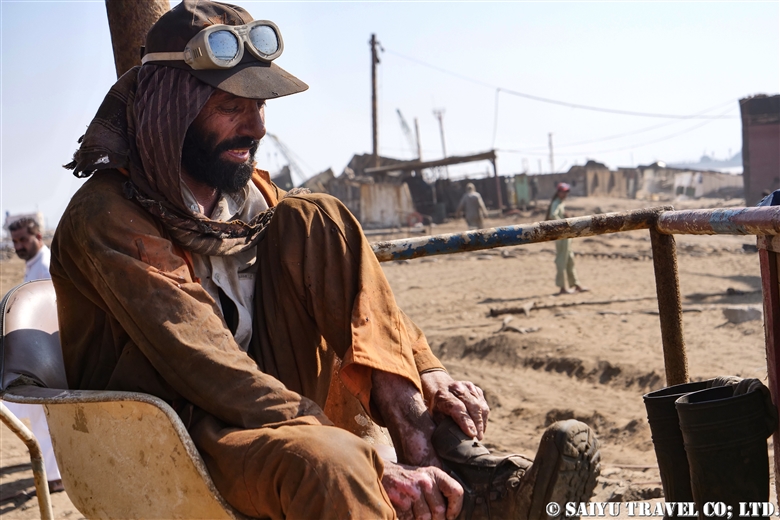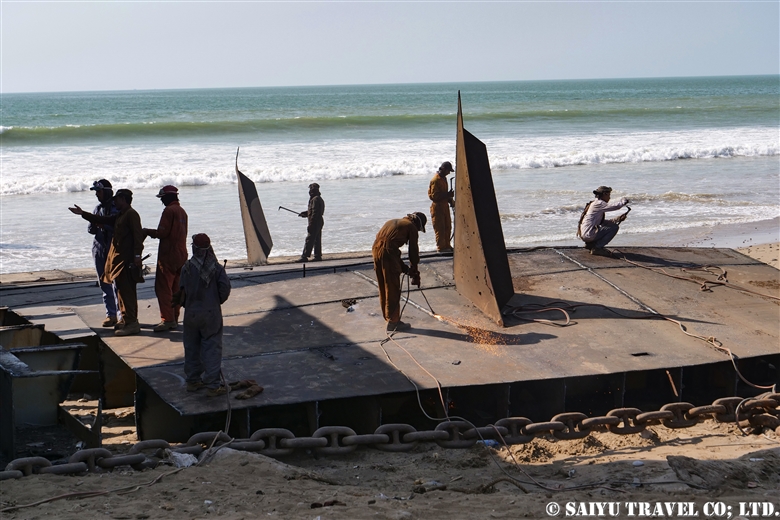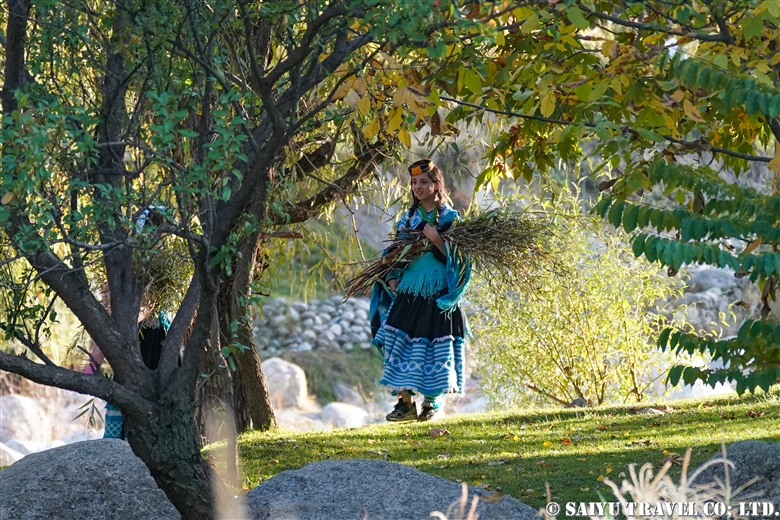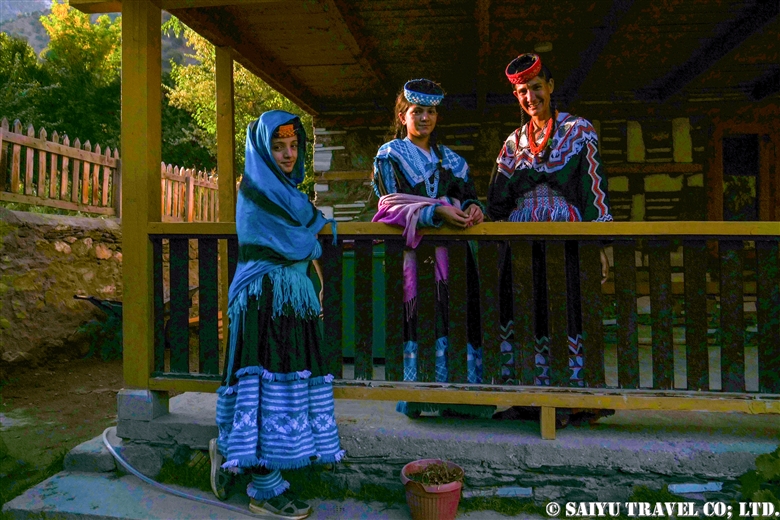
Karachi is not the capital city, but it is the largest city in Pakistan with a population of 16 million but it is said to unofficially be home to 20 million people. In the past, Karachi was an unsafe place due to ethnic conflicts and crime, but in recent years that has changed and things are starting to settle down.
It has transformed itself from a town that was dirty, poor and a place you didn’t want to look at to a really fashionable place with elite neighborhoods. If you compare it to Islamabad, the people are more open minded and the daily cost of living is cheaper so the people who live in the rural areas like Hunza would rather come to Karachi.
Karachi’s historic and exotic bazaar is the Empress Market.

The name “Empress” comes from the market being built between 1884 and 1889, during the reign of the British Indian Empire, so it was named in honor of Queen Victoria.
Located in Saddar, the open air building and clock tower are visible from afar.
The historic architecture is beautiful backdrop for the market.

This specialist makes all kinds of oils from various things like coconuts and sunflower seeds.

Some young boys in the vegetable market.

A boy delivers us some Chai tea from the back of the market.

A man cuts pieces of meat off for a kitten. Near the meat market, there are so many cats.
That reminds me that I saw an article in 2015 saying that illegal wildlife sales were happening in this market. Just a few days ago, I saw people catching raptors illegally on the Balochistan coast and trying to sell them to the rich Arabs. It would be nice if the Pakistani Wildlife Department would work harder to stop these activities.
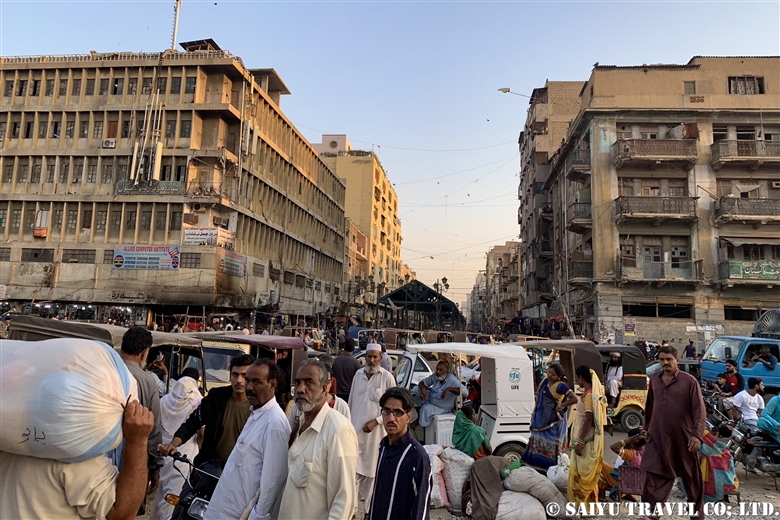
All around the market, there is the hustle and bustle of traffic in Saddar.
If you compare it to before, the security is much better, but it’s still important to be careful about keeping your valuables and cell phones safe.
Photo & Text: Mariko SAWADA
Visit: Feb 2020, Empress Market, Karachi, Sindh
Tag : Sindh , Pakistan tour operator , Indus Caravan , Pakistan Photography Tour , Saiyu Travel Pakistan , Karachi , Empress Market , Empress Market in Karachi , Tour to Pakistan , Pakistan Blog , Pakistan Travel company , Pakistan Travel Blog , Karachi city tour








